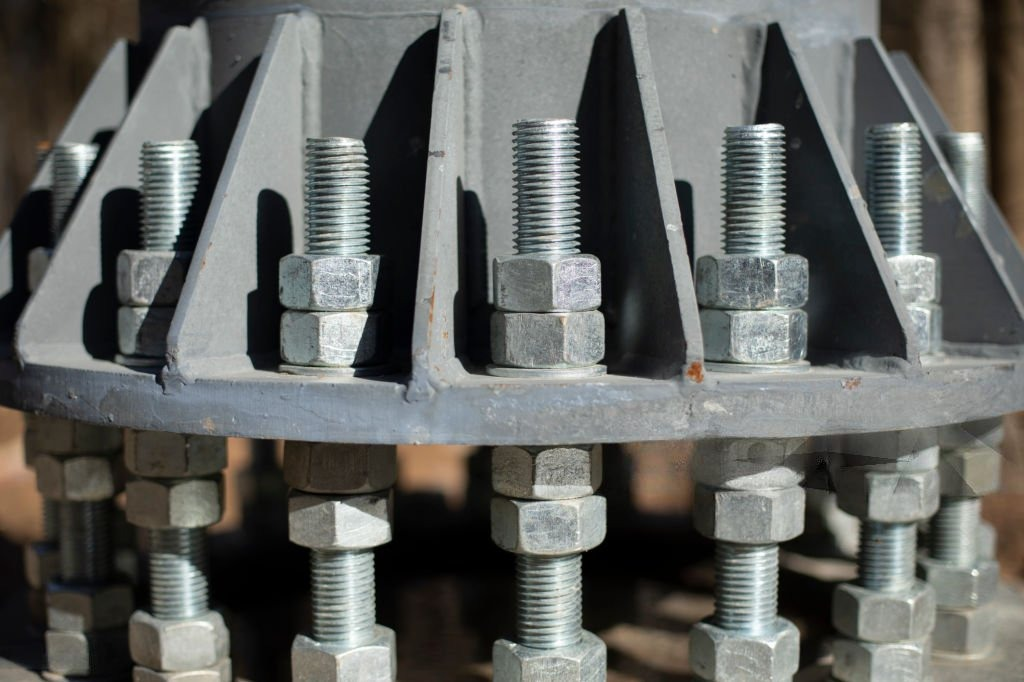Anchoring solutions, whether chemical or mechanical, are essential in various construction and industrial applications. However, there are several myths and misconceptions that can mislead users, resulting in incorrect installations or poor product choices. Let’s debunk some of these myths to help you make informed decisions about your anchoring needs.
Myth 1: Chemical Anchors Are Not as Strong as Mechanical Anchors
Fact:
This is a common misconception, but it is not true. Chemical anchors are often stronger than mechanical anchors, especially when used in concrete or masonry. Chemical anchors, such as epoxy structural bolts and chemical bolts, create a bond between the anchor and the base material that is superior in terms of load capacity, particularly in extreme conditions. Mechanical anchors, on the other hand, rely on friction and expansion mechanisms that may weaken over time.
For high-load applications or challenging environments, chemical anchors are frequently the best choice, offering excellent performance when installed correctly.
Myth 2: Chemical Anchors Are Only for Specialized Applications
Fact:
Many people believe that chemical anchoring is reserved for highly specialized projects like bridges or skyscrapers, but the truth is, chemical anchors can be used in a wide range of applications. From simple concrete crack repairs using injection epoxy to securing heavy equipment with chemical bolts, these anchors are versatile and applicable in various industrial and residential settings.
Whether you are working on everyday projects like setting up handrails, or more demanding ones like securing steel structures, chemical anchors provide flexible and robust solutions.
Myth 3: Mechanical Anchors Are Easier to Install
Fact:
While mechanical anchors may seem simpler because they are typically installed by tightening a bolt, installation errors are still common. Chemical anchors are also quite straightforward when following manufacturer guidelines. Modern chemical anchoring products are designed to be user-friendly, offering precision and flexibility during installation.
In fact, when dealing with irregular surfaces or older concrete structures, chemical anchoring may be easier to apply due to its adaptability and strong bonding properties. Following proper concrete surface preparation steps and curing times is essential for chemical anchor success, but it doesn’t make the process more difficult than mechanical anchoring.
Myth 4: Chemical Anchors Are Not Suitable for Extreme Weather Conditions
Fact:
This myth comes from the belief that chemicals degrade faster in harsh environments. On the contrary, high-quality chemical anchors are formulated to withstand extreme temperatures, moisture, and exposure to chemicals. Epoxy-based anchors in particular are resilient and maintain their strength even under severe conditions, provided they are installed properly.
In extreme weather conditions, such as freezing or excessively hot environments, chemical anchors can outperform mechanical options by providing a consistent bond that doesn’t loosen or expand under pressure. Our products are optimized for extreme weather installation, ensuring long-lasting performance.
Myth 5: Mechanical Anchors Are More Cost-Effective Than Chemical Anchors
Fact:
On the surface, mechanical anchors may seem like a more economical choice due to their lower upfront costs. However, when you factor in long-term durability, maintenance requirements, and the risk of anchor failure, chemical anchors often provide better value. Mechanical anchors may require more frequent inspections and can degrade in corrosive environments.
Chemical anchors, particularly epoxy anchors, create stronger and longer-lasting bonds that reduce the need for future repairs, making them more cost-effective over the long haul. In critical applications where safety is paramount, such as seismic zones or heavy load-bearing structures, the reliability of chemical anchoring can save you more in the long run.
Myth 6: It’s Difficult to Replace or Remove Chemical Anchors
Fact:
There is a misconception that chemical anchors are permanent and difficult to remove. However, with the right tools and techniques, chemical anchors can be safely removed and replaced. Proper removal involves steps like drilling out the anchor material or using chemical solvents to break down the epoxy bond.
If you need to replace or adjust your anchors, our products come with guidelines on how to remove and replace chemical anchors efficiently, without compromising the integrity of the surrounding material.
Myth 7: Chemical and Mechanical Anchors Have the Same Durability
Fact:
While both anchor types serve critical functions, chemical anchors typically offer better durability over time. Mechanical expansion anchors may loosen due to vibrations, thermal expansion, or heavy cyclic loads, leading to potential failures. On the other hand, chemical anchors form a solid bond with the substrate, reducing movement and offering better long-term durability.
Our wide range of epoxy structural bolts, chemical bolts, and mechanical anchors is engineered to provide maximum durability and performance under various conditions, but for the best long-term results, chemical anchoring is often the superior choice.
Why Choosing the Right Anchor Matters
Selecting between chemical and mechanical anchors depends on various factors such as load requirements, environmental conditions, and ease of installation. Understanding the truth behind common myths can help you make better decisions and ensure that your project achieves optimal safety and efficiency.
Our team offers a wide selection of both chemical and mechanical anchoring solutions designed for various construction and industrial applications. Whether you’re working in extreme weather or needing a long-term solution, we have the right products for you. Browse our selection of chemical bolts, mechanical expansion anchors, and more today!
Conclusion
Choosing between chemical and mechanical anchors is crucial for the success of any project. Avoid falling victim to these myths and ensure that you pick the best anchoring solution for your specific needs. Whether you’re securing a small fixture or a massive structure, understanding the true strengths and weaknesses of both systems is essential.

